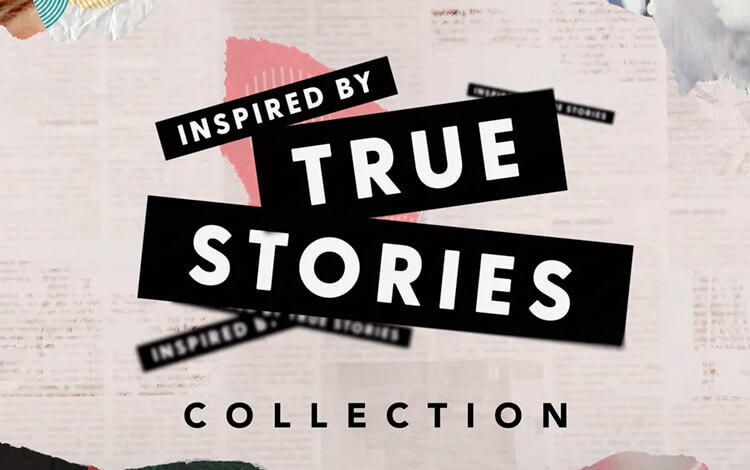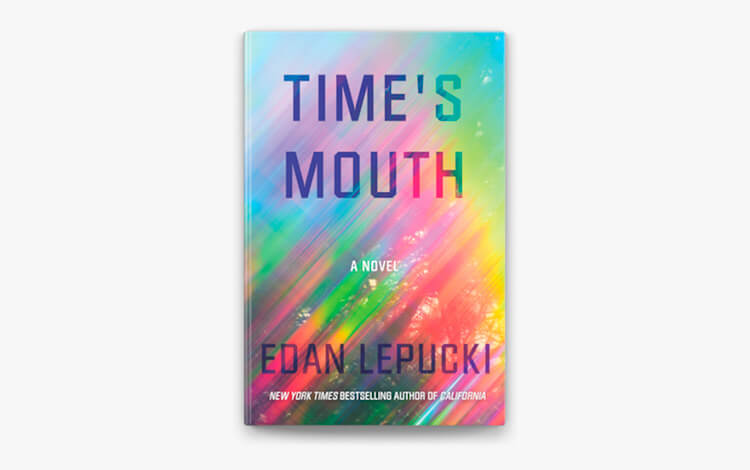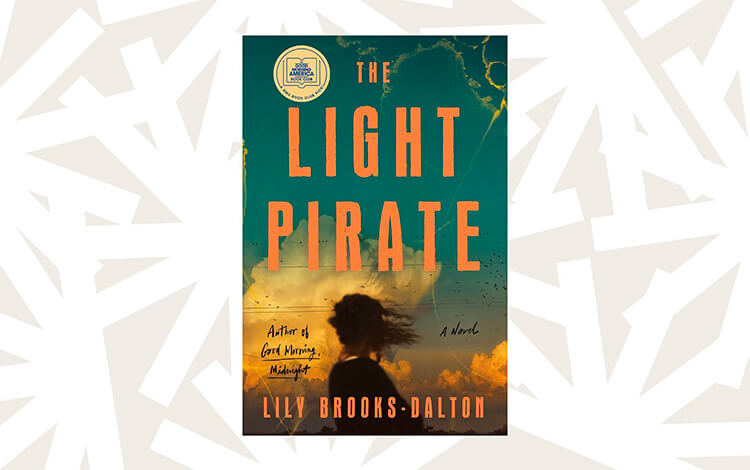Books That Defy Genre: The Blurring Lines Between Literary Categories

The Rise of Genre-Bending Literature
The concept of genre-bending literature is not entirely new; authors have long experimented with blending genres. However, the trend has gained significant momentum in recent decades as readers and writers alike seek stories that transcend traditional categories. Books that mix elements of mystery, fantasy, romance, science fiction, and literary fiction offer fresh and engaging experiences that defy easy classification.
One of the primary reasons for this genre-blurring trend is the evolving tastes of readers. Modern audiences are increasingly drawn to narratives that offer complexity and depth, which often necessitates combining multiple genres. This blending allows authors to explore a wider range of themes and emotions, resulting in richer and more nuanced stories.
Examples of Genre-Defying Books
Several contemporary books exemplify this trend, demonstrating how genre boundaries can be effectively blurred to create unique narratives:
- The Night Circus by Erin Morgenstern - This novel seamlessly combines elements of fantasy, romance, and historical fiction. Set in a magical circus that appears without warning, the story weaves a tale of enchantment and rivalry, with intricate world-building and a richly atmospheric setting. Morgenstern`s ability to blend genres creates a captivating and immersive experience for readers.
- The City & The City by China Miéville - A prime example of genre fusion, this book merges elements of crime fiction, speculative fiction, and political thriller. The novel is set in two overlapping cities that are perceived as separate by their inhabitants, creating a unique premise that challenges the conventions of both the mystery and speculative fiction genres.
- Cloud Atlas by David Mitchell - This novel is renowned for its complex structure and genre-bending approach. It interweaves six separate but interconnected stories spanning different time periods and genres, including historical fiction, science fiction, and dystopian fiction. Mitchell`s innovative narrative technique demonstrates the potential of genre-blending to create a multifaceted and thought-provoking reading experience.
- Life After Life by Kate Atkinson - Atkinson’s novel defies traditional genre classification by combining elements of historical fiction, speculative fiction, and literary fiction. The story follows Ursula Todd, who is repeatedly reborn into different versions of her life, exploring themes of fate, history, and personal choice through a unique narrative lens.
- The Underground Railroad by Colson Whitehead - This Pulitzer Prize-winning novel blends historical fiction with speculative elements, imagining an alternate history where the Underground Railroad is an actual physical network of railways. Whitehead’s genre-bending approach allows him to address complex themes of slavery and freedom with both historical accuracy and imaginative depth.
The Impact on Contemporary Literature
The trend of defying genre boundaries has several significant impacts on contemporary literature:
- Expanded Creative Freedom: Authors who blend genres often find greater creative freedom, allowing them to explore a wider range of themes and narrative techniques. This freedom enables them to craft stories that are more innovative and reflective of the multifaceted nature of human experience.
- Diverse Reading Experiences: Genre-defying books offer readers diverse and unpredictable reading experiences. By incorporating elements from multiple genres, these books challenge readers` expectations and provide fresh perspectives on familiar themes.
- Increased Genre Fluidity: As genre boundaries become increasingly fluid, the distinction between genres becomes less rigid. This fluidity allows for greater experimentation and cross-pollination of ideas, contributing to the evolution of literary forms and conventions.
- Broader Appeal: Books that blend genres often attract a wider audience by appealing to readers with varied interests. This broad appeal can help authors reach new audiences and expand their readership.
- Changing Publishing Trends: The success of genre-defying books has influenced publishing trends, with publishers and literary agents becoming more open to unconventional and hybrid works. This shift reflects the growing acceptance of diverse and innovative storytelling approaches.
Conclusion: Embracing Literary Innovation
The rise of genre-defying literature highlights the dynamic and evolving nature of storytelling. By challenging traditional genre boundaries, authors are pushing the limits of creativity and offering readers unique and engaging narratives. This trend reflects a broader cultural shift towards greater complexity and diversity in literature, providing a rich tapestry of stories that defy easy categorization and invite readers to explore new dimensions of storytelling. As literary genres continue to evolve, we can look forward to an exciting array of innovative and boundary-crossing works that enrich the literary landscape and expand our understanding of what literature can be.




